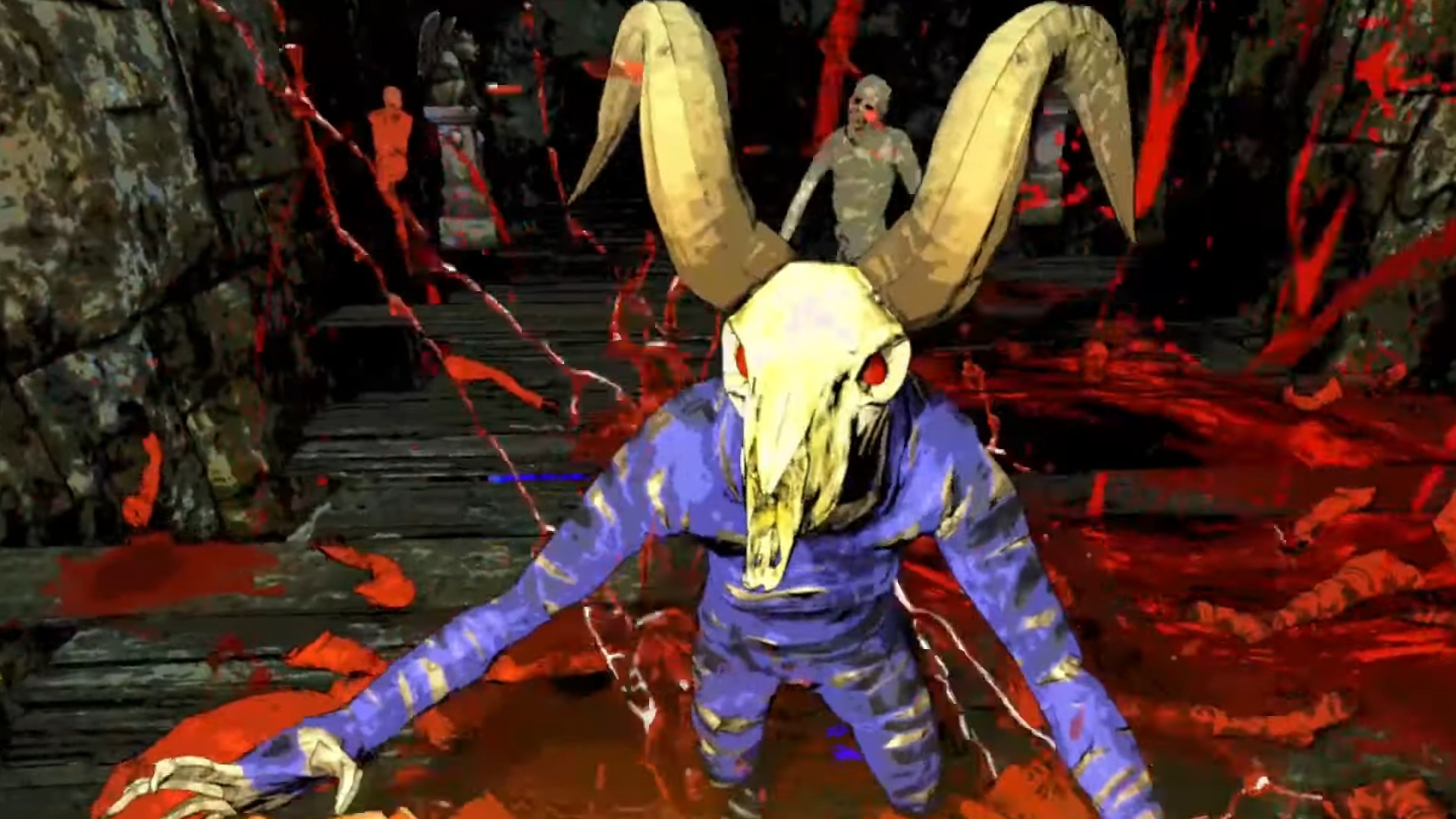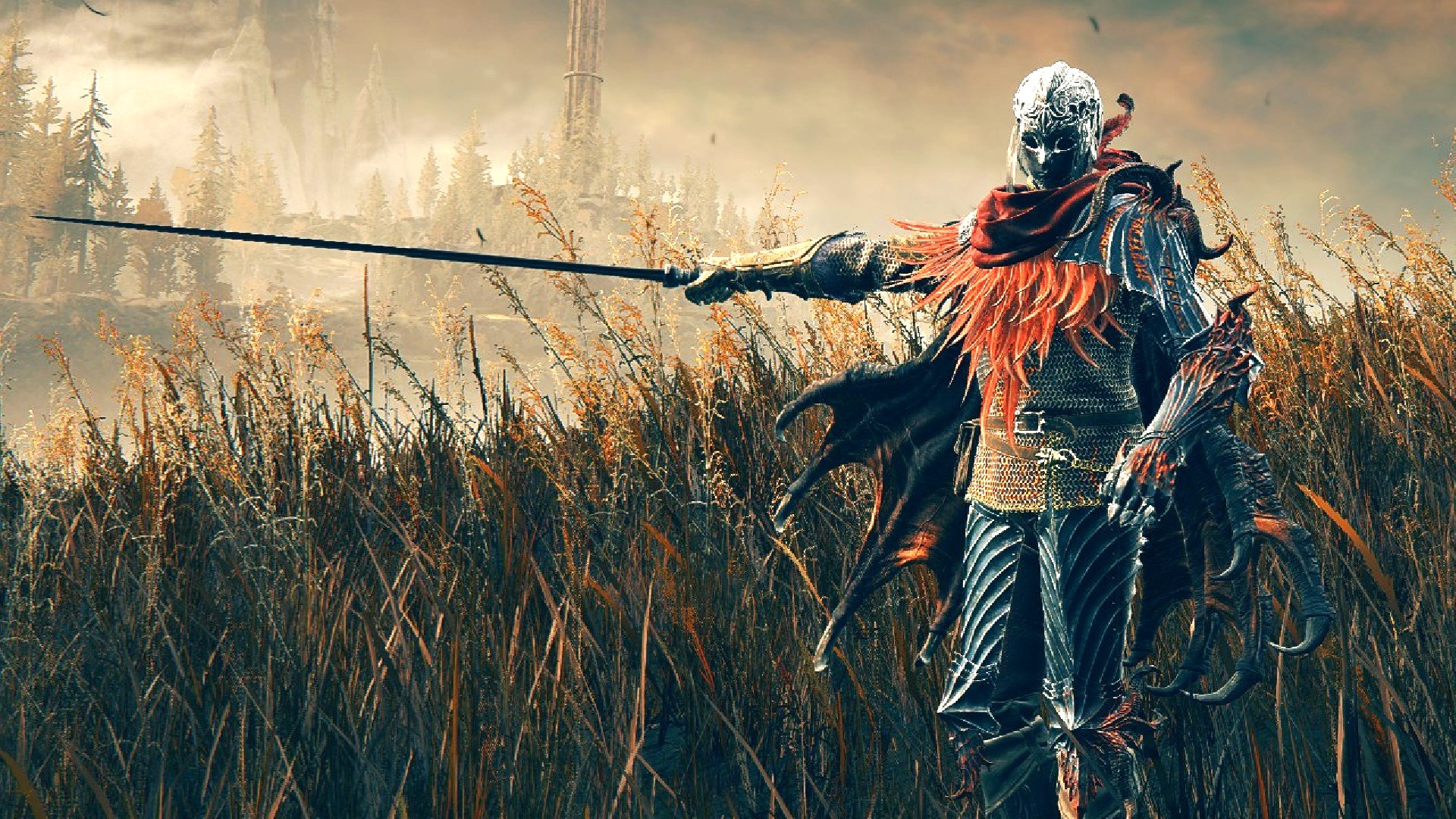
For several years, the battle royale genre has been rising to the top of the gaming table. Ever since PUBG and Fortnite released, the battle royale games have seen unimaginably powerful growth in terms of popularity, market value, and overall availability. Today, battle royale games dominate the industry, from esports tournaments and streaming platforms to content creation and technological advancements.
But why are battle royale games so popular? – We’re here today to offer a comprehensive answer to that all-important question. Why, in the last five or six years, have battle royale games risen to become so popular and valuable?
Let’s find out.
Everything is a Battle Royale
Once upon a time, multiplayer games featured the simple concept of Team A vs. Team B, and that was essentially it. However, from around 2015 onwards, the likes of DayZ and H1Z1 introduced a tantalising concept: what if it was every player for themselves, fighting against every other player all at the same time? It was a free-for-all gone mad, taking dozens, if not more than one hundred players, and throwing them into a large, open environment littered with weaponry and equipment.
That’s the fundamental basis of most battle royale games, with most top-tier titles applying their own twist to the formula. Now, despite the concept of ‘last man standing’ being relatively simple, it has grown to become a remarkable success. Today, the likes of Call of Duty: Warzone, Fortnite, Apex Legends, and PUBG are some of the most popular, most-played, and most-watched games in the world.
For a while, every developer wanted in on the action. There were battle royale modes introduced across titles and platforms far and wide across the industry. For instance, Forza featured a vehicle-based battle royale, Fall Guys created an animated experience, and Dying Light mixed the undead with the desperate-to-not-die. It was an epic craze, driven by the inherently competitive nature of the human race, the concept of truly accessible platforms, and for the most part, a free-to-play blanket mechanic.
Battle Royale Games: The Winning Formula
So, why are battle royale games so popular?
First, let’s take the fundamental nature of a battle royale game – the sheer competitive environment that players immerse themselves in. At first glance, that would be enough for a game to succeed, but let’s compound that by raising the stakes and giving players the ability to stand out above one hundred competitors (or more). In the words of Breaking Bad’s Walter White, “being the best at something is a very rare thing”.
Next, let’s look at the operating model of the best battle royale games. Typically, a battle royale title will be free-to-play, with an optional subscription traditionally labelled as a ‘battle pass’. Furthermore, these games are typically cross-platform, opening up a truly versatile and far-reaching audience. Fortnite is a fantastic example, with players having the ability to team up across mobile, PC, Xbox, PlayStation, and Nintendo platforms.
If we look into the games themselves, we’ll also be able to identify basic mechanics (for the most part), as well as a focus on a bright, collector-driven aesthetic. Most battle royale games are easy to get to grips with, they’re massively popular among streamers and content creators, and they’re relatively simple for developers to work on. It costs very little for a developer to launch a battle royale platform and keep updating it as time goes on – such is the case with Warzone, Fortnite, and Apex Legends.
It’s a dynamic and winning formula, and all these components combined highlight why battle royale games are so popular.








